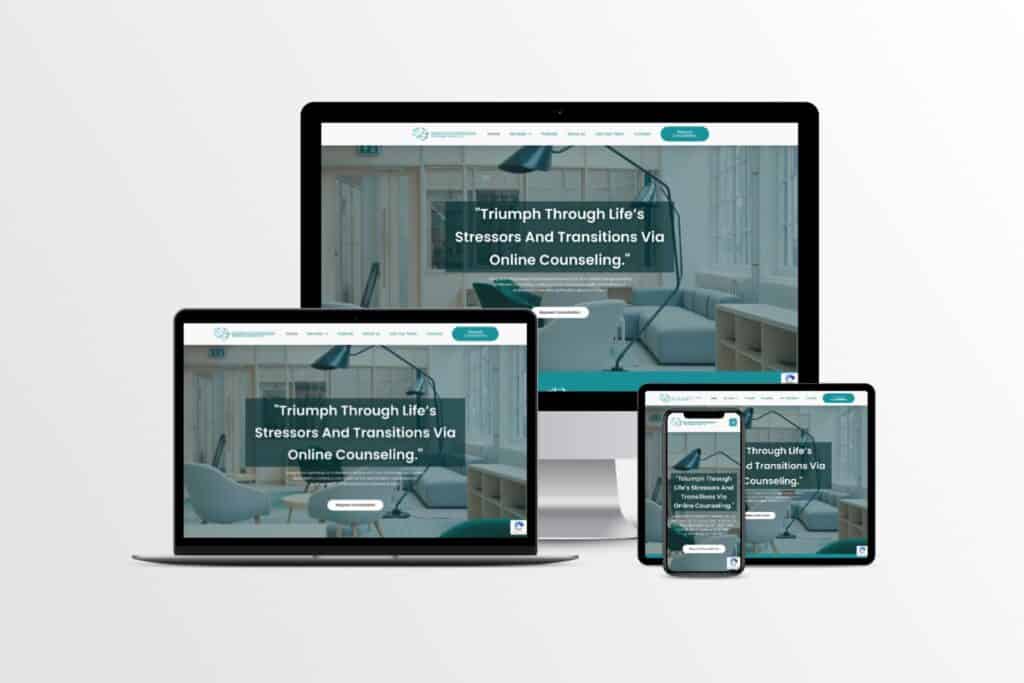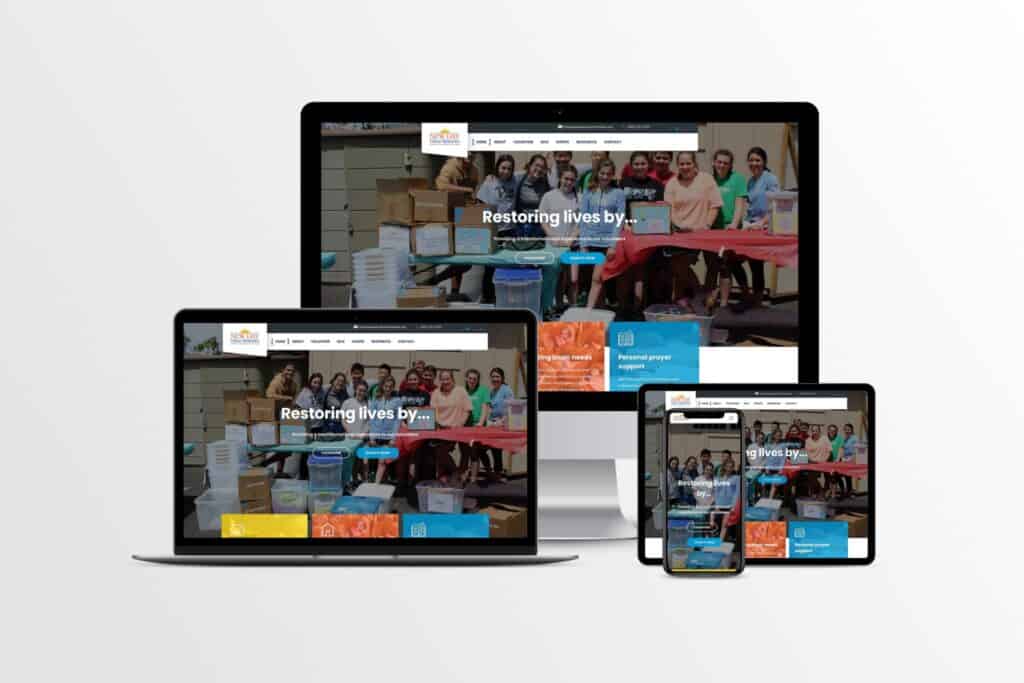The Power of Custom Web Design and Development
What sets successful businesses apart in the digital world? How do they capture the attention of their target audience and leave a lasting impression? The answer lies in the power of custom web design and development. In today’s competitive landscape, having a solid online presence is not merely an option but a necessity. And that’s where customization plays a pivotal role. Custom web design and development empower businesses to create an engaging, user-friendly, and memorable digital experience that aligns perfectly with their brand identity and goals. Let’s explore how this tailored approach can unlock the true potential of your online presence and drive unprecedented success.
Understanding Custom Web Design
What Makes a Website Custom?
Custom web design involves creating a website from the ground up, tailored to meet the unique requirements and preferences of a specific business or individual. Unlike pre-made templates, custom websites are built with meticulous attention to detail, allowing for complete personalization and creative freedom.
With custom web design, professional web designers work closely with clients to understand their brand, target audience, and objectives. This collaborative process ensures that every element, from the layout to the color scheme and functionality, aligns perfectly with the client’s vision and goals.
Benefits of Tailored Web Design
- Enhanced Brand Identity: Your website is often the first point of contact between your business and potential customers. A custom web design enables you to create a unique online identity that reflects your brand’s personality, values, and mission. Consistent branding elements across the website instill trust and recognition, leaving a lasting impression on visitors.
- Improved User Experience: User experience (UX) is a critical factor in the success of any website. Custom web design allows designers to craft intuitive and user-friendly interfaces, making navigating and finding what they need easier for visitors. A seamless user experience keeps visitors engaged, encourages them to explore further, and ultimately increases the likelihood of conversions.
- Optimal Functionality and Performance: Off-the-shelf templates often need more features or code bloat, slowing down your website’s performance. Custom web design ensures that every aspect of the website serves a purpose and works efficiently. With clean, customized code and optimized design, your website loads faster and performs better, resulting in improved search engine rankings and a better overall user experience.
Embracing Custom Web Development
Custom Coding: The Backbone of Unique Websites
Custom web development involves writing code from scratch to create a website tailored to the client’s specific needs and goals. Skilled developers meticulously craft each line of code, ensuring every element is purpose-built and seamlessly integrated.
Customizing every aspect of the website allows developers to implement unique design elements, and tailor features to suit the target audience, and optimize the website for peak performance. This attention to detail sets custom-coded websites apart from generic templates and makes them stand out in the digital crowd.
Advantages of Building from Scratch
- Flexibility and Scalability: Custom web development grants unmatched flexibility, empowering businesses to adapt and grow over time. Custom-coded websites are designed to scale effortlessly, whether you need to add new functionalities, integrate third-party services, or accommodate increasing traffic. With the power of flexibility, your website can evolve alongside your business, saving you time and money on future upgrades.
- Security and Performance Optimization: Security is a top priority for any website owner. Custom web development allows developers to implement stringent security measures tailored to the specific needs of your website. Building a website from scratch minimizes potential vulnerabilities from third-party plugins and templates, providing a secure environment for your data and your users.
- Personalized Features and Interactivity: Off-the-shelf solutions often come with predefined features that might not align with your business’s unique requirements. Custom web development empowers you to include personalized features that enhance user engagement and interaction. From dynamic content displays to interactive elements and custom forms, you can create a website that truly represents your brand and meets your audience’s expectations.

Tailoring the User Experience
Knowing Your Target Audience
Understanding your target audience is fundamental to designing a website that resonates with them. Take the time to research and analyze your audience’s preferences, behaviors, and needs. By gaining valuable insights, you can tailor your website to their expectations and provide the content or services they seek.
Designing with User-Friendly Navigation
User-friendly navigation is crucial in guiding visitors through your website effortlessly. Aim for a clean and intuitive navigation menu that is easy to locate and understand. Organize your content logically and use clear headings and subheadings to help users quickly find what they are looking for. Avoid clutter and excessive drop-down menus, as they can overwhelm users and lead to frustration.
Creating Engaging and Intuitive Interfaces
Engaging interfaces captivate visitors and encourage them to explore your website further. Utilize visually appealing elements such as high-quality images, videos, and graphics to make your content more compelling. Additionally, use intuitive design elements like clickable buttons and call-to-action prompts to guide users toward desired actions, such as contacting you or purchasing.
Incorporating Brand Elements and Messaging
Your website is an extension of your brand, so ensure consistency in design and messaging. Incorporate your brand’s colors, logo, and typography to reinforce your brand identity throughout the website. Use consistent and clear messaging that conveys your brand’s values and unique selling points. Creating a cohesive brand experience builds trust with visitors and leaves a lasting impression.

Measuring the Impact
Analyzing Metrics and Performance
One of the critical advantages of custom web design is the ability to track and analyze important metrics. Website analytics tools provide valuable insights into how users interact with your website. From the number of visitors to their geographic location, behavior flow, and conversion rates, these metrics help you gauge the effectiveness of your web design and content. By regularly monitoring analytics data, you can identify improvement areas, track marketing efforts’ success, and make data-driven decisions to optimize your website’s performance continuously.
Adapting to User Feedback and Behavior
User feedback is a goldmine of valuable information. You can integrate user feedback into your design and development process with a custom website. Solicit feedback through surveys, user testing, or interactive elements like chatbots. Understanding user behavior and preferences helps you identify pain points and tailor your website to meet their needs better. You can enhance user satisfaction, boost engagement, and drive more conversions by actively listening to your audience and addressing their concerns.
The Long-Term Value of Customization
Investing in custom web design offers long-term value beyond the initial launch. Unlike generic templates that lack flexibility, custom websites are adaptable to your evolving business needs. As your brand grows and changes, your website can grow with it. Additionally, the uniqueness of your custom web design sets you apart from competitors, helping to establish a strong brand identity in the minds of your audience. This distinction can increase brand loyalty and recurring business, contributing to sustained success.
The Competitive Edge
Standing Out in a Saturated Digital Landscape
The internet is flooded with countless websites, each vying for attention. To truly shine in this crowded space, you need a website that captures the essence of your brand and leaves a memorable impression on visitors. Custom web design allows you to break free from cookie-cutter templates and create a distinctive online identity that differentiates you from competitors. You can digitally establish a solid and recognizable presence by infusing your website with personalized elements that reflect your brand’s personality and values.
Customization as a Reflection of Your Brand’s Uniqueness
Your brand is more than just a logo or a color scheme; it embodies your values, mission, and what sets you apart. With custom web design, you have the creative freedom to translate these unique aspects of your brand into every corner of your website. From the layout and visuals to the content and interactive features, customization ensures that your website truly reflects your brand’s identity. When visitors experience this authenticity, they develop a deeper connection with your brand, fostering trust and loyalty.
Gaining an Edge over Template-Based Websites
Template-based websites may seem quick and cost-effective, but they come with limitations. These templates are often generic, needing more flexibility and creativity than custom web design offers. By opting for a custom website, you invest in a unique and tailor-made digital experience that perfectly aligns with your business goals and resonates with your audience. The optimized performance, user-friendly interface, and personalized touch of a custom website can provide a competitive advantage that differentiates you from competitors using generic templates.
If you are ready to elevate your brand and leave a lasting impression on your audience, don’t hesitate to leap into custom web design and development. Embrace the potential of a website that truly represents your brand’s essence and connects with your target audience on a deeper level. Contact us today at (760)-383-3591 and let our team of professional and friendly web designers transform your vision into a reality. Together, we’ll craft a tailored digital experience that sets you apart, drives unprecedented success, and propels your online presence to greater heights. Your journey to digital excellence starts now!





